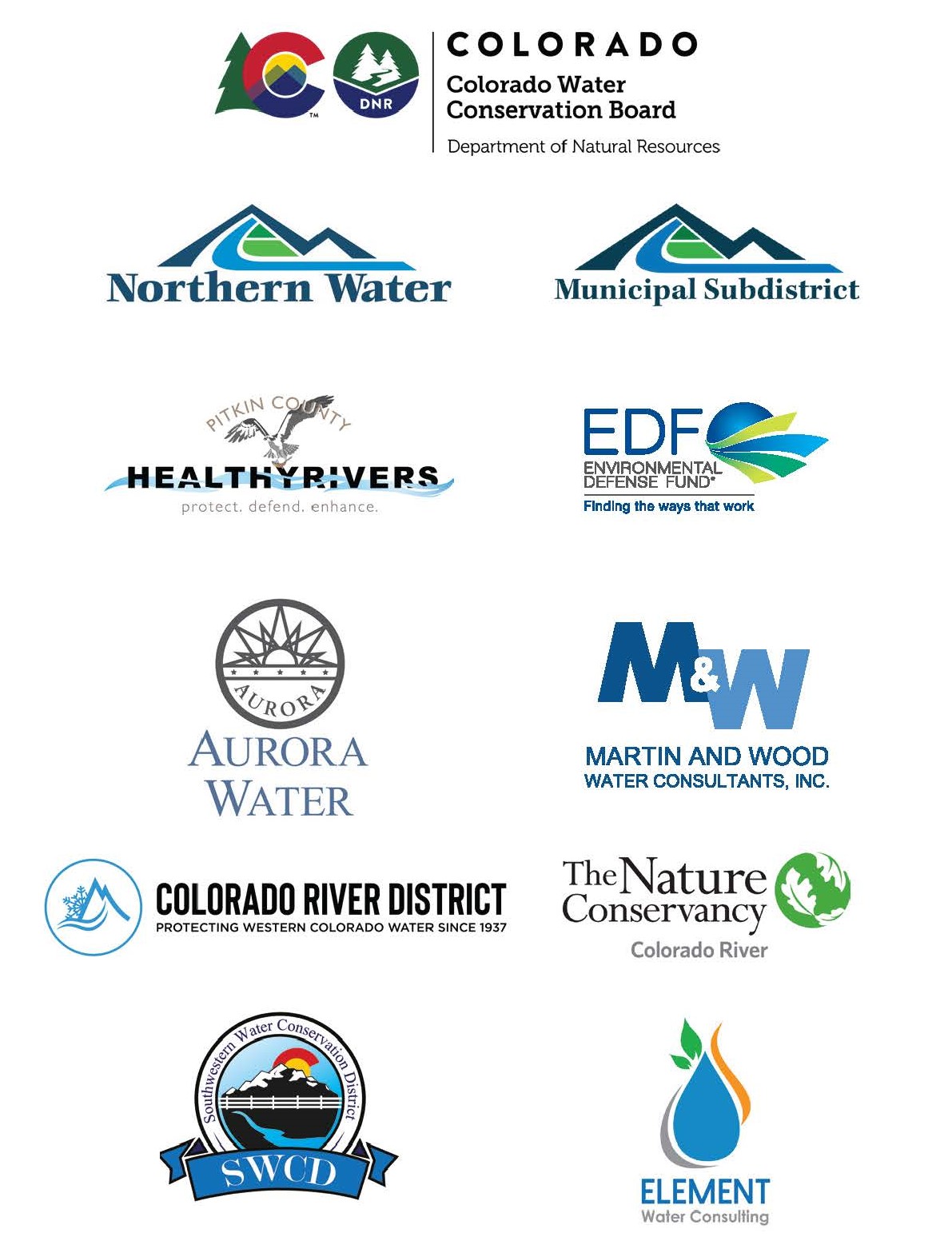Fall 2019: Contingency Plan
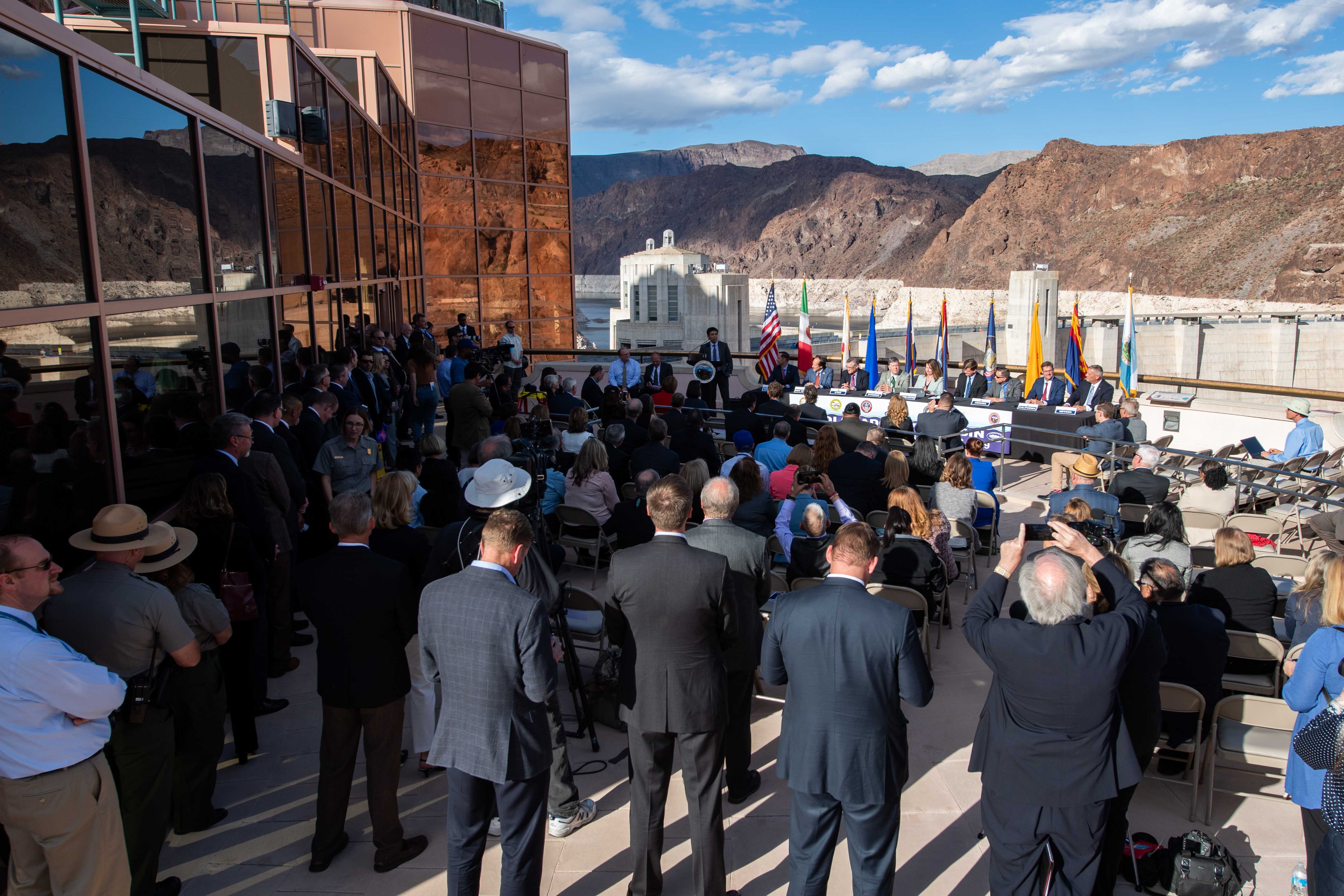
Beyond the Signing: What the Drought Contingency Plan means for the Colorado River Basin
By Laura Paskus
After a committed push to forge an approach to cope with climate-change-induced drought on the Colorado River, the Drought Contingency Plan is final. As implementation beings, the basin continues to reckon with a future likely to yield less water.
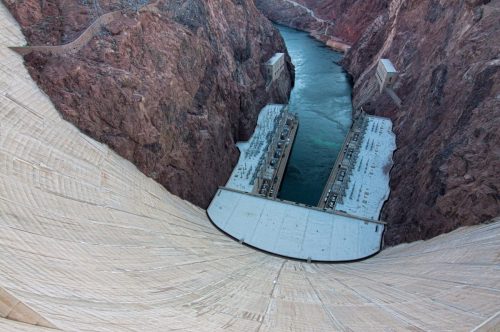
The Great Reconciliation
For the lower basin, the Drought Contingency Plan brings near-immediate cuts in water use, starting in 2020 and continuing through 2026, or as long as reservoir levels in Lake Mead decline. Agreeing to this tightening of water use was painful, and living with it won't be any easier.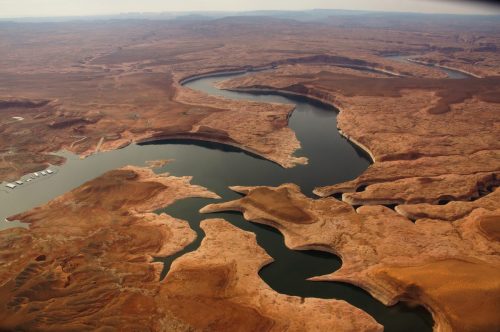
Avoiding Lake Powell’s Day Zero
The upper basin has new tools to manage water in dry years to avoid mandatory cutbacks. Now begins the challenge of determining if each state and its stakeholders will further hedge against risk and come to terms with hard realities by adopting a large-scale demand management program.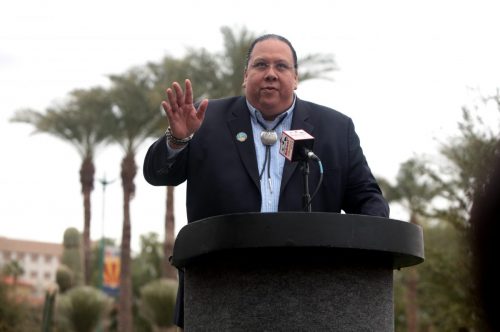
Welcoming Tribes to the Table
The 29 Native American tribes with rights to Colorado River water are fighting for inclusion—and collaboration.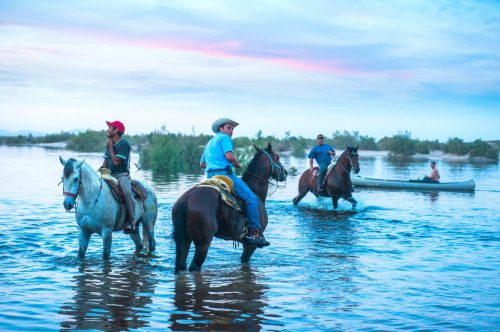
An International Model for Transboundary River Cooperation
Recent binational agreements or "minutes," established in 2012 and 2017, lay out how the U.S. and Mexico will continue to share, conserve and restore the shrinking Colorado River. What progress has been made and what comes next?Thank You to This Issue's Sponsors
